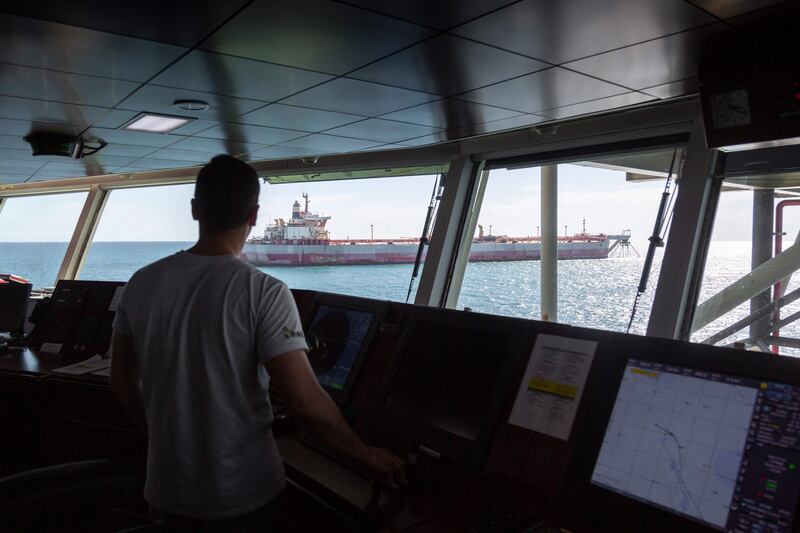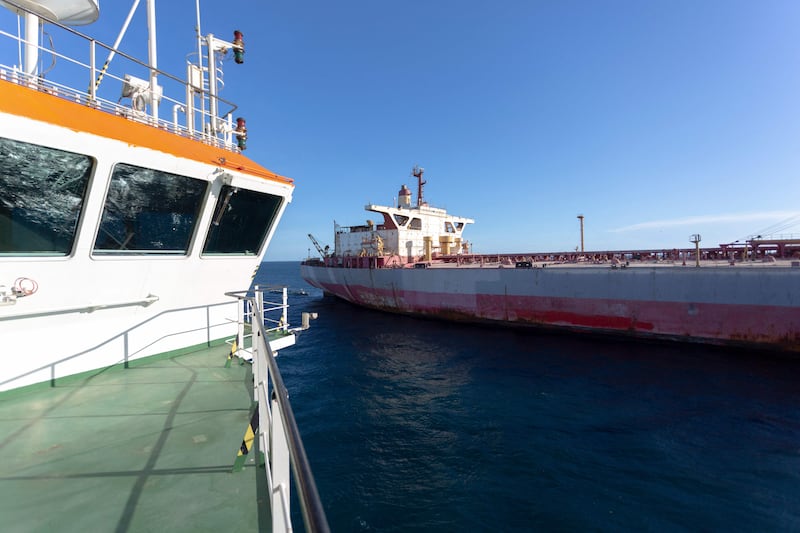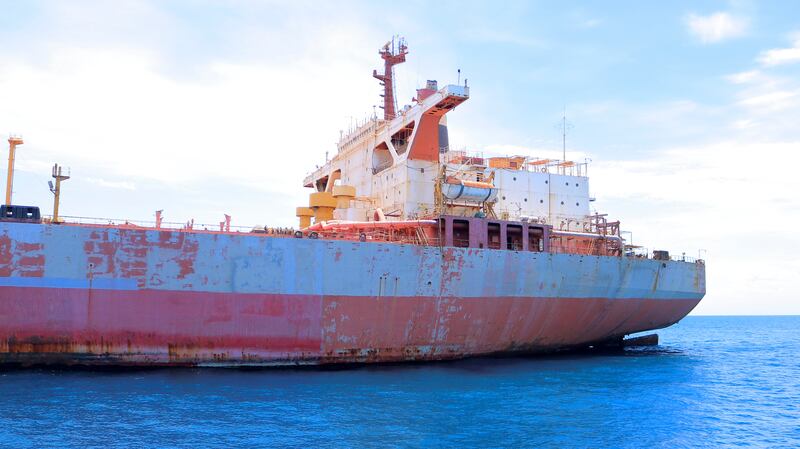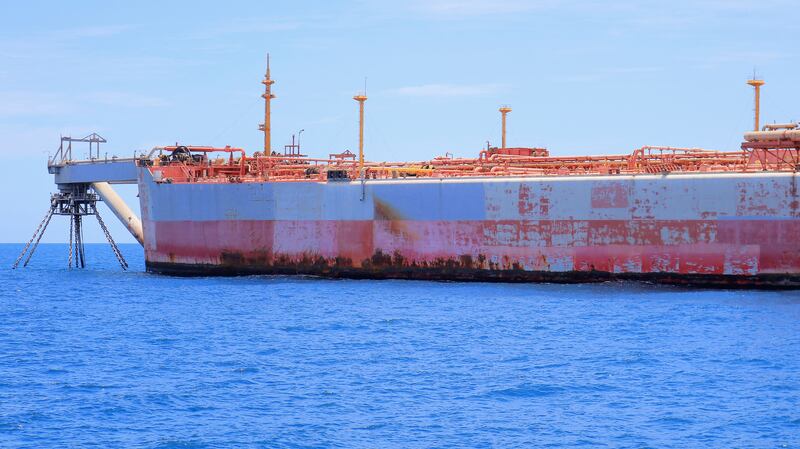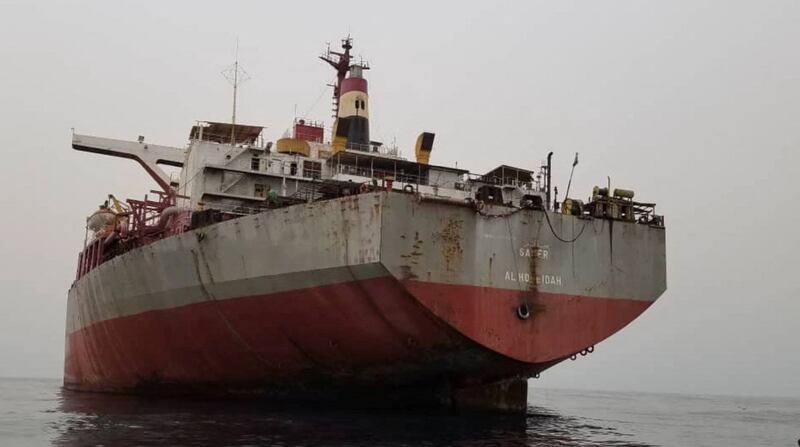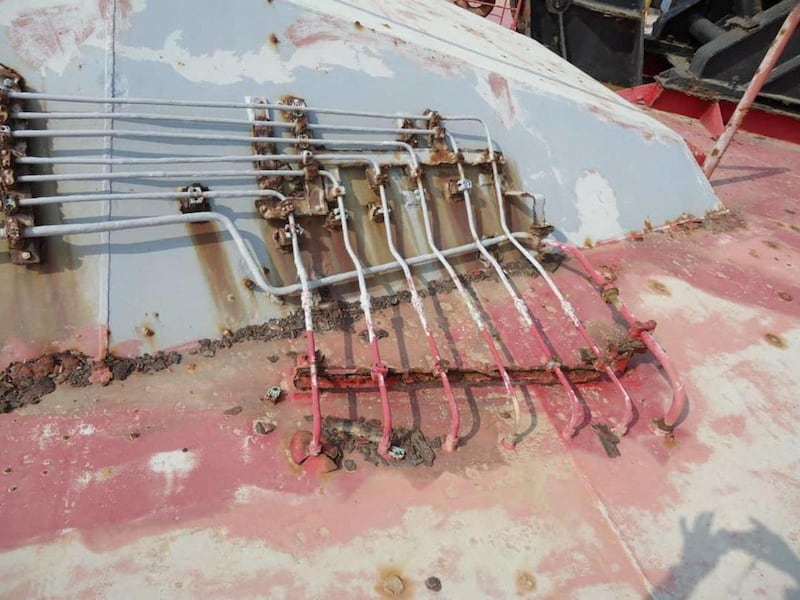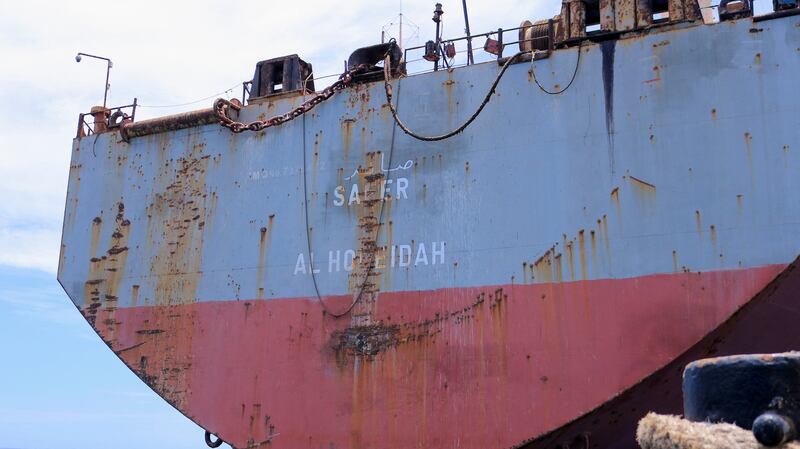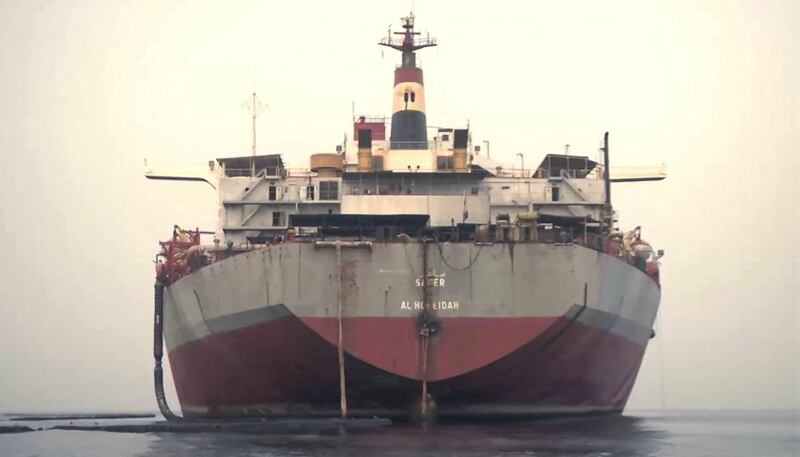The UN on Tuesday started a challenging operation to remove more than 1 million barrels of oil from the FSO Safer – a decaying supertanker moored off Yemen’s Red Sea coast, which is threatening to cause a humanitarian and environmental disaster.
In a critical step forward in the operation, the salvage support vessel Ndeavor, contracted by the UN Development Programme to undertake the transfer of the oil to a secure vessel, arrived onsite on Tuesday.
The Ndeavor’s crew of experts will inspect the ship and undertake all necessary work to make it secure for the transfer of oil to the replacement tanker Nautica, which is standing by in Djibouti to travel to the site next month.
UN implements plans to prevent oilspill
In December 2021, UN senior management endorsed the plan to prevent a spill by transferring the oil to a safe vessel and installing a long-term replacement for the FSO Safer.
“Today marks a critical step in the operation to remove the threat posed by the FSO Safer,” said UN Development Programme administrator Achim Steiner.
“With the marine salvage support vessel Ndeavor onsite, the project can now begin in earnest.
“This marks the culmination of tremendous amounts of work and co-ordination among UN agencies, maritime lawyers, oil spill experts and many more.
“Aside from a possible humanitarian and environmental catastrophe, funds spent now will prevent as disaster that could cost billions in the future.
“With this in mind, we call again upon the international community and private sector to step up and support us to close the funding gap on the project so that we can finish what we have started.”
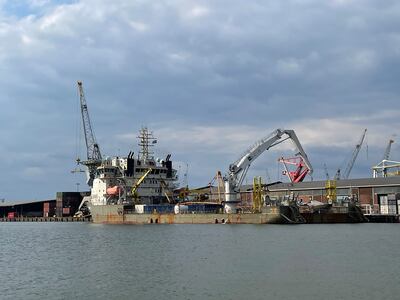
Even after the oil transfer averts the worst-case scenario of a spill of 1.1 million barrels, the decaying Safer will still hold a considerable amount of residual oil and pose a significant environmental threat to the Red Sea.
The project is underfunded, with $29 million still needed.
It includes safely mooring the replacement vessel to an anchor leg mooring buoy and towing the Safer to a green recycling yard.
Pending humanitarian and environmental disaster
The Safer has been moored about 9km off Yemen’s Ras Isa peninsula since 1988 and could explode or break up at any time.
Because of the conflict in Yemen, the Safer has decayed to the point where there is an imminent risk that would have disastrous effects on the region and beyond.
A major spill would devastate fishing communities on Yemen’s Red Sea coast, probably wiping out 200,000 livelihoods instantly.
Whole communities would be exposed to life-threatening toxins and highly polluted air would affect millions.
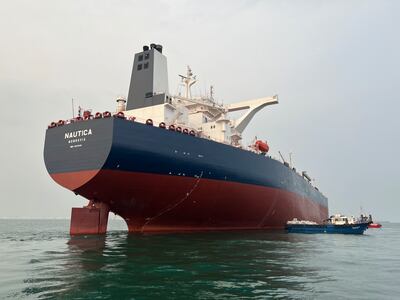
It could close of the ports of Hodeidah and Saleef, which are essential for taking food, fuel and life-saving supplies into Yemen, where 17 million people need food aid.
The closure of desalination plants would cut off a water source for millions of people.
Oil from the Safer could reach the African coast and affect any country on the Red Sea.
The environmental effect on coral reefs life-supporting mangroves and other marine life would be severe, while fish stocks would take 25 years to recover.
The cost of clean-up alone is estimated at $20 billion.
Disruptions to shipping through the Bab Al Mandeb to the Suez Canal could cost billions more in global trade losses every day, as happened after the Ever Given was grounded in the canal in 2021.
